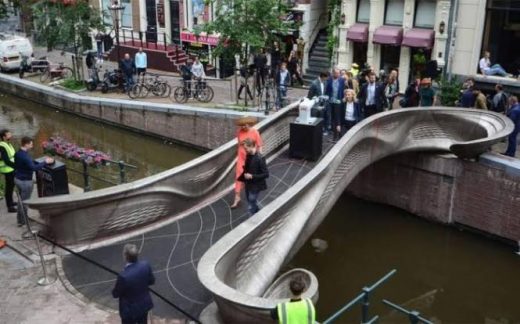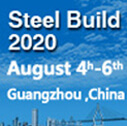By
Mr. S.L. Ghorpade
Under the guidance of Prof. A.B. Shendge
Dattakala Group of Institutions Faculty of Engineering, Swami – Chincholi (Bhigwan).
Abstract- The construction of tunnel is important for different purposes. They can be constructed for railways, roadways, pedestrian footways and can be built in hard rock, soft ground, river bed and are also used to convey Hydroelectric power, water stream, or as a sewer. The construction of Diversion Tunnel, Pressure Shaft, and Tailrace Tunnel to convey water is considered in this project. To identify Scheduling of different activities by various methods Network Diagram, C.P.M., P.E.R.T. and their cycle time is calculated. Scheduling for different activity is carried out with the help of Network Diagram & Primavera Software will be carried out in a project stage II. Study of Estimation for a Diversion Tunnel, Pressure Shaft, and Tailrace Tunnel by both methods. Excavation in heading and benching, Rock bolt support work, lining work is considered for cycle time and cost estimation calculation in Diversion Tunnel, Pressure Shaft, and Tailrace Tunnel. Estimation is also carried out by two methods. The comparison of two methods adopted for excavation work and estimation will be carried out in a project stage II.
Keywords- Scheduling, C.P.M., P.E.R.T., Gantt chart, Network Diagram, Estimation, Heading, Benching, Cycle time, Lining, Rock Bolts, Diversion Tunnel, Pressure Shaft, Tailrace Tunnel.
Read More
























I Learned more things , related Civil Engineering From this page , very Nice page
i’m perfect civil engineer
Sir what type of builinding you should build.
I love civil engineering. I will learn more civil engineering…… this page superb
guys? i’m a civil engineering student.. and i need help on how to make a research.. i don’t even have a research title. plss help?
@Mark, the first place to start is;what is your field of interest? In most cases one’s field of interest is motivated by something one saw or thought about (ie if u studied engineering as a passion and not a cash machine.) And you are guaranteed to be set!
M also civil engineer…. C.I.V.I.L (Construction Is Very Important In Life)
civil engineering yea that is the way of life. this site is tremendously full with information about civil engineering.
need help guide me for my job.i live in pune.learnt MSP,PRIMAVERA,REVIT ARCHITECTURE,AUTOCAD
Dear sir, Can you tell me what is theory for deduction in steel length for Bending. and how much deduct?
what r all the materials used in green building?
what is meant by plastic lumber yard?
Which is better..
Supervision or designing for job
cube of M45 has been tested in lab ,it is found that 7 days strength is 52mpa can this mix design can be rejected or on which is codal provisional .
Dear Avinash,
The acceptance criteria of the concrete cubes should be as per Table- 11 of IS 456. It does not talk about the rejection of mix design when you have a higher results than the target strength . But if occasional cube giving strength more or less 15% , then the entire sample is to be rejected. Otherwise you can accept the mix design with higher strength .
But then why to waste cement unnecessarily. You can still optimise the mix by re-adjusting all parameter.
Cheers..
accepted whenever its more than design grade (M45)
IS 10262
reduce the cement content. better strength but it is uneconomic.
Why we provide the top and bottom double mesh reinforcement in raft…..
Did you mean the additional reinforcement other than required from design consideratio ???
due to hogging moment . not in isolated raft.
to keep the proper bonding to distribute load to more spreaded contact area
@Mark, the first place to start is;what is your field of interest? In most cases one’s field of interest is motivated by something one saw or thought about (ie if u studied engineering as a passion and not a cash machine.) And you are guaranteed to be set!
Only chill with working in civil engineering n not like a game with world like quality ignorance…
i need a complete report on particle size distribution using sieves no: 7 to 200 ( wet and dry samples )
hi i am studying civil engineering 2nd year so i want to know about gate exam deeply so will you please send to me a complete details on mail….thank you sooooooooo much…..
Refer IS 2386
I am also a Civil Engineering Student.
please send me code Nos
there are thousands of standards for different cores…which one core is needed by you?
How can I get Eurocodes and BS codes and the CESMM
very useful